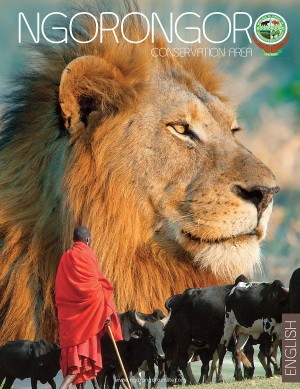NCA is a world-class tourist destination. The area was established in 1959 as a multiple land use area, with wildlife coexisting with semi-nomadic Maasai pastoralists practicing traditional livestock grazing.
Due to its outstanding natural universal values, it was the first to be inscribed, as a Tanzanian site, on the World Heritage List in 1979. In 2010, UNESCO inscribed NCA as a mixed property on the World Heritage List.
Internationally, NCA is also recognized as a part of Serengeti-Ngorongoro Biosphere Reserve, under UNESCO's Man and the Biosphere Program since 1981. NCA is the most successful multiple used managed area (IUCN Protected Area Category VI) in the world, where indigenous people (estimated at 88,000people) are, so far, living harmoniously and peacefully with wildlife.
NCA also contains the spectacular Ngorongoro Crater (250 km2), which is the world's largest unbroken caldera in the Eastern (Great) Rift Valley. There is a large population of wild ungulates in the crater, including the only visible population of black rhinoceros in their natural environment.
The crater also has the densest known population of lion. NCA is the only conservation area in the world where visitors are likely to see elephant, rhino, lion, leopard and buffalo, in their natural environment, within a span of four-hour drive inside the Ngorongoro crater.
